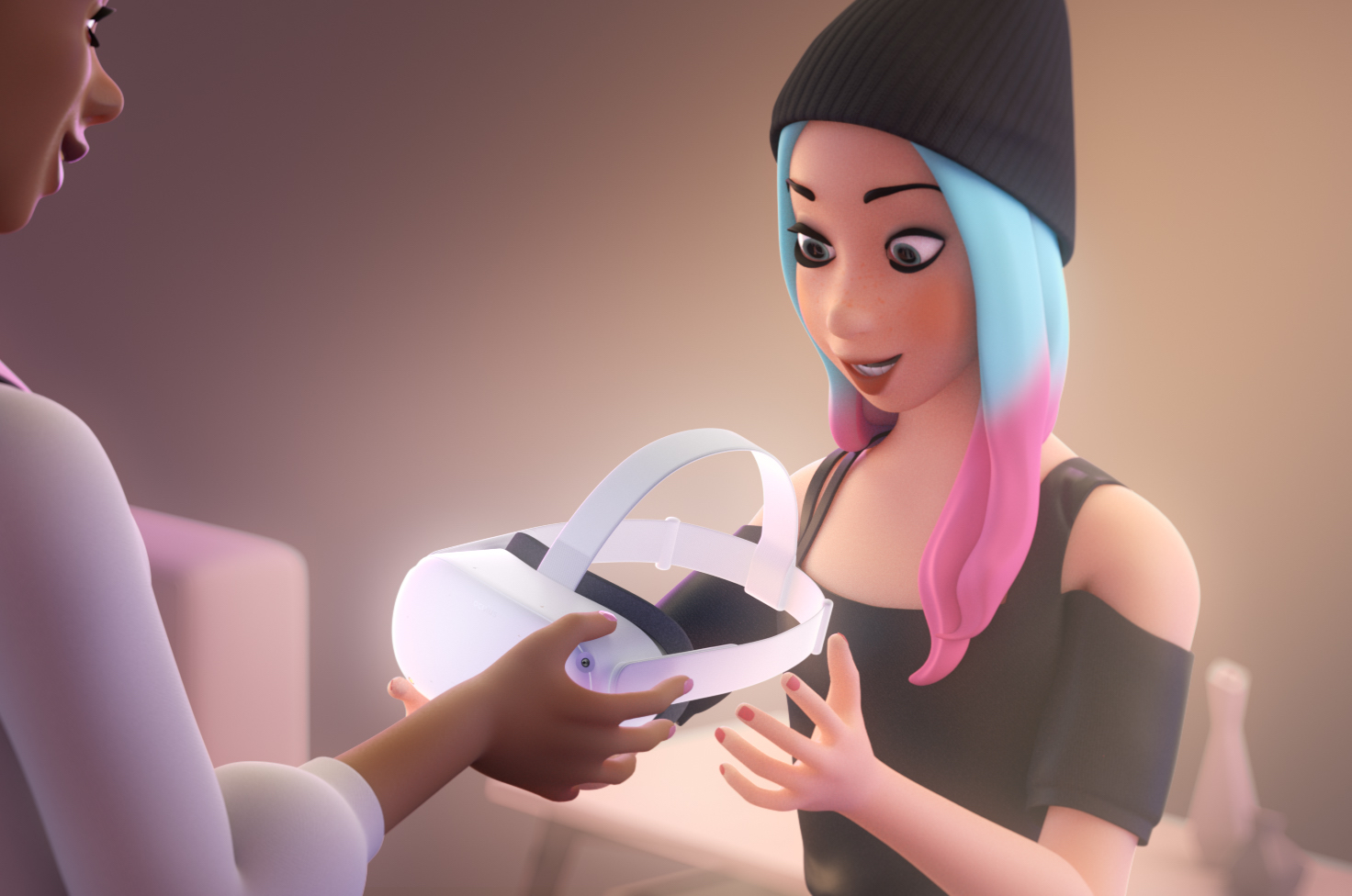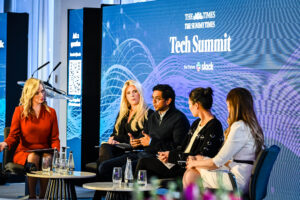What is the future of media? Increasing immersion and new ways of engaging with entertainment and commerce.
In its big Trends 2022 report, GroupM agency Mindshare joins the dots on 24 upcoming trends across five core areas.
The takeaway - several seemingly novel digital trends have now hit maturation, paving the way for radically different future brand experiences.
Read our summary of the 14,000-word report, and download the full detail from Mindshare...
1. Media mindsets

1. Digital lifelines
Digital literacy is growing. Slower tech adopters now have a much higher base level of knowledge than in previous years. But new-device purchase will slow as consumers expect software updates.
2. Tunnel vision
Consumer concern about algorithmic recommendation is growing, prompting audiences to demand more control over the content of social platforms.
3. Mindful media
Growing consumer revulsion, media owner response and regulation in the shape of the UK's Online Safety Bill will converge on tackling harmful content.
4. Ad breaks
With consumer frustration growing toward interruptive, repetitive ad breaks, technology, sensitivity and a content-first approach will be used by marketers hoping to restore appreciation.
5. Green media
The ad industry is waking up to its carbon footprint. A corporate quest to quantify and correct its own output will extend across the production sector and the supply chain, from paper to ad hoarding to every digital click.
Mindshare says:
"Consider how to be regenerative all the way through, from production, media execution, planning and buying to the messages and products you put out into the world."
2. Commerce
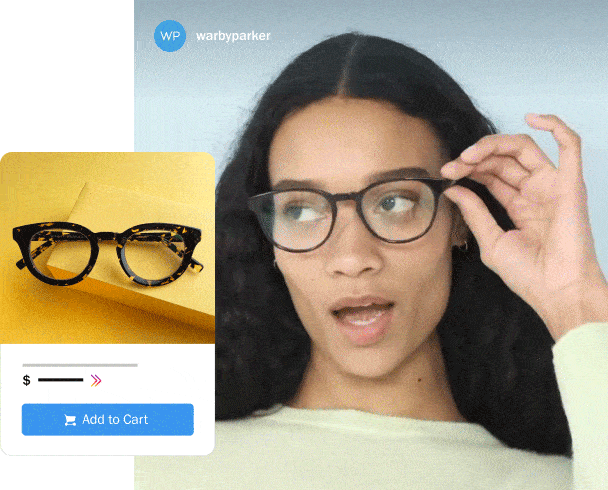
6. Brand new world
Retail disruption is here to stay and gathering pace, as many brands expand into unfamiliar channels and succeed at finding new growth.
7. Cashless society
Is money losing its currency? Building on contactless payments, biometrics and pay-later methods are emerging, with a popularisation for digital currencies next to watch for.
8. Significant strangers
Social commerce plus shoppable media equals a new seam to tap, as individual influencers and even whole community groups emerge as gateways to check-out.
9. Shoppable media
Media and commerce are linking up more seamlessly for ease of purchase, with livestream likely and w broadening of the shoppable-platform palette driving next growth.
Mindshare says:
"Start small and treat as a test-and-learn environment, which may be labour intensive initially."
3. Experiences
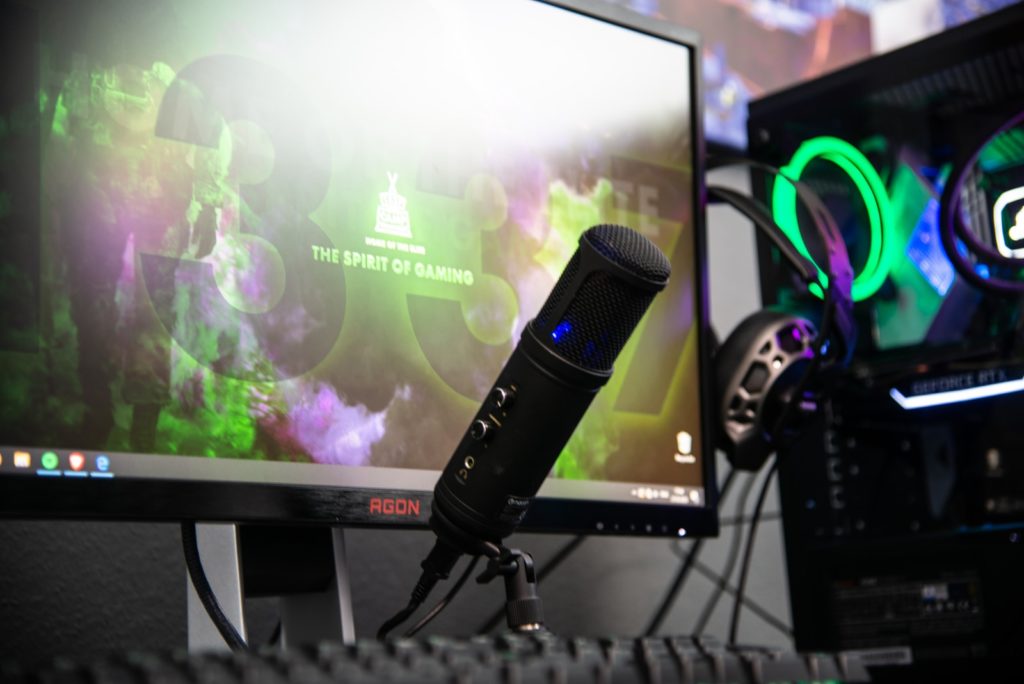
10. Living the stream
The video explosion will continue, as long-form TV content, short-form social video and branded TV sets from SVOD operators provide ongoing momentum.
11. Get snappy
Smartphone cameras will become a gateway, with QR codes cementing themselves as an engaging device and "cam com" (camera commerce) rising as livestream shopping grows in the West.
12. Game on
Game streaming will take off, driving an already-mainstream activity to new heights as new players like Netflix also enter the space.
13. Real life amplified
Starting with AR, "immersive tech" will be solidified amongst the palette of brand engagement opportunities. Hybridisation of physical and digital experiences will make for even more creative possibility.
14. Over to you
More people are creating their own content and becoming audiences of other creators. Old media power bases and the days of passive consumption are changing fast.
Mindshare says:
"Think about how to use immersive tech to enhance experiences both in people’s own personal real-world environments and in more public ones."
4. Connected world
15. Look who's talking
The audio universe will grow. Building on the popularisation of audio, smart speakers and podcasting, next up podcasts will get more interactive and democratised, whilst movie and TV companies will further extend their IP to include listenable content.
16. Access all areas
Smart home, smart city, smart car... devices and environments are connecting ever more closely. More widespread 5G will accelerate the trend.
17. Automatic for the people
Self-serve, cashier-less stores have landed and it's not just about Amazon. With trials proving successful, automated purchase will become commonplace.
18. OM5G
Wider infrastructure roll-out plus enhanced consumer education will grow a 5G habit that had previously remained small-scale.
19. Home sweet home
With increased time spent at home, from shopping to entertainment, industries is refocusing on the home. But service providers should nevertheless aim to deliver novel, immersive experiences, even inside consumers' four walls.
20. Virtual insanity?
Don't bet against a technology that, in its earliest days, may appear too odd for adoption. When tried, metaverse-like environments will convert customers through key contexts like business meetings, education, shopping and try-ons. Digital personas will take on more significance.
Mindshare says:
"Consider ways to open up virtual experiences for more mainstream audiences, such as including virtual elements as part of wider campaigns or creating virtual store environments."
5. Data
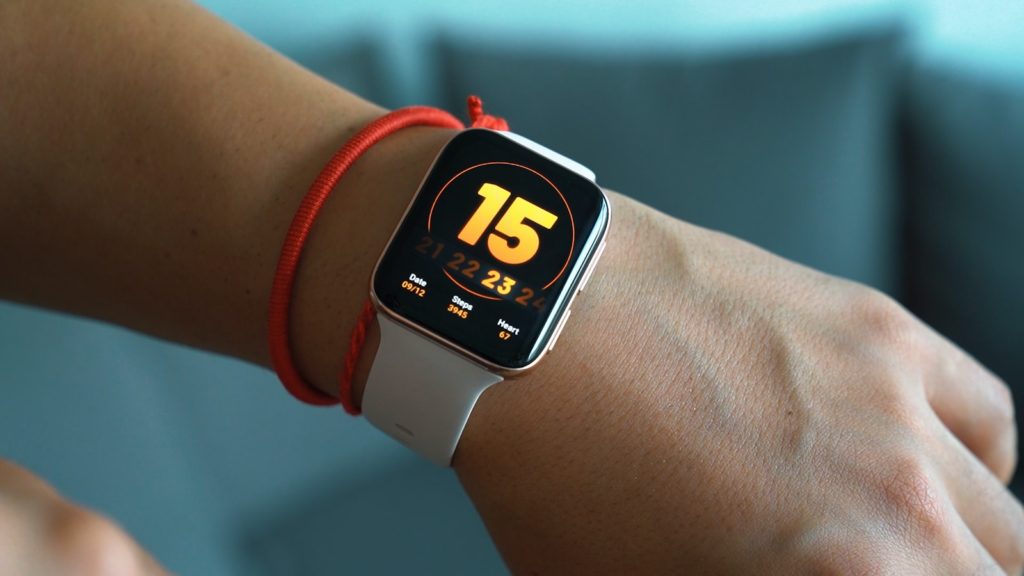
20. The cookie crumbles
As the deprecation of digital ad identifiers gathers pace, 2022 will be the year when the industry learns which alternative methods have traction.
21. Destination data
Consumers will continue to say use of their data remains the "scariest" future topic - but they will also continue to argue the companies and regulators shoulder the biggest burden. Nevertheless, brands should be sure to act in line with their concerns.
22. Proximity 2.0
Geolocation data could become a valuable cookie alternative, if companies can thoughtfully harness consumers' new appreciation for locality.
24. Body talks
Consumers' physical and emotional data points have marketing value. Consumers remain cautious about giving up their tracking data, but brands will glean useful insights into consumer moods from markers like content consumption analysis and tone of voice.
That’s a wrap! 👏
A massive thank you to everyone who tuned in today 😄
🔗Click the link to download our Mindshare UK 2022 Trends report now! https://t.co/2DsT2mLNSW pic.twitter.com/MWcPMjqVXN
— Mindshare UK (@mindshare_uk) January 20, 2022
Methodology:
Mindshare UK carries out an annual quantitative consumer study with 1,500 nationally representative smartphone owners across the UK.
It also conducted a qualitative study with 25 people from across the UK, from a variety of ages and digital abilities, to take part in an online trends community. They were set tasks and questions to complete over a week-long period.
Topic areas for each were shaped by Mindshare UK stakeholders across the business, including from internal workshops. In addition, 25 of Mindshare UK's media partners helped guide these trends by sharing their key areas for 2022.


